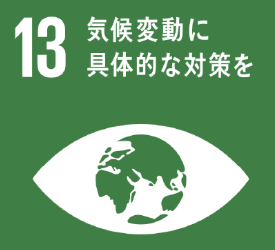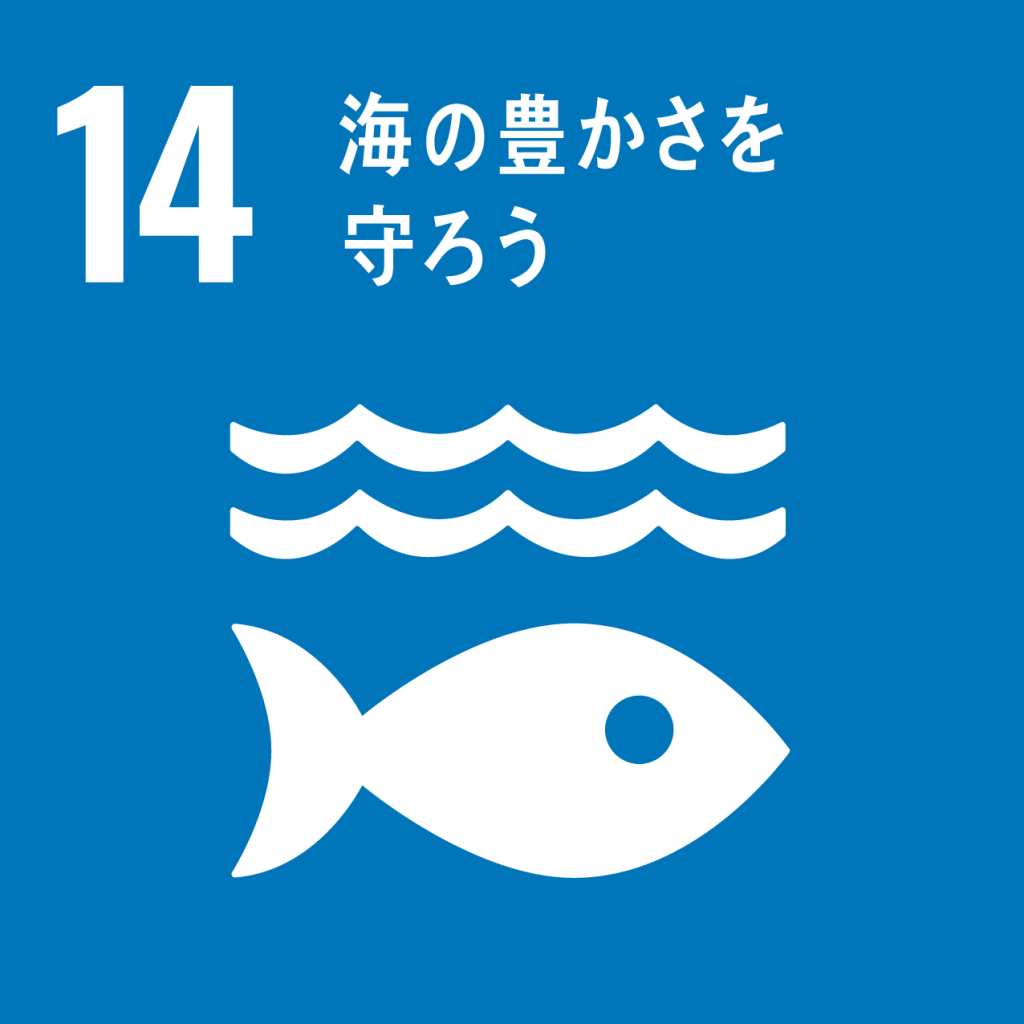

|
Home > Summary > SDGs and loss 13,14 |

13.1
Strengthen resilience and adaptive capacity to climate-related hazards and natural disasters in all countries.
13.2
Incorporate climate change measures into national policies, strategies and plans.
13.3
Improve education, awareness-raising, human capacity and institutional functions related to climate change mitigation, adaptation, impact reduction and early warning.
13.a
Implement the commitment by developed parties to the UNFCCC to jointly mobilize $100 billion per year from all sources by 2020 to address developing countries' needs for transparency in the implementation of key mitigation actions and their delivery, and to fully launch the Green Climate Fund with capital as soon as possible.
13.b
Promote mechanisms to build capacity for effective climate change-related planning and management in Least Developed Countries and Small Island Developing States, including through a focus on women and youth, and rural and socially disadvantaged communities.

14.1
By 2025, prevent and significantly reduce all types of marine pollution, including marine litter and eutrophication, especially pollution from land-based activities.
14.2
By 2020, in order to avoid significant adverse impacts on marine and coastal ecosystems, efforts will be made to restore marine and coastal ecosystems through sustainable management and protection, including by strengthening resilience, to achieve healthy and productive oceans.
14.3
Minimize and address the impacts of ocean acidification, including through the promotion of scientific cooperation at all levels.
14.4
By 2020, effectively regulate fishing, end overfishing, illegal, unreported and unregulated (IUU) fishing and destructive fishing tourism, and implement scientific management plans in order to restore fishery resources to at least the level of maximum sustainable production determined by the biological characteristics of each resource in the shortest feasible time.
14.5
By 2020, conserve at least 10 percent of coastal and marine areas, based on the best available scientific information, in accordance with national and international law.
14.6
Recognizing that appropriate, effective, special and different treatment of developing and least developed countries should be an integral part of World Trade Organization (WTO) fisheries subsidies negotiations, prohibit by 2020 fisheries subsidies that lead to overcapacity and overfishing, and eliminate subsidies that lead to illegal, unreported and unregulated (IUU) fishing Eliminate subsidies that lead to illegal, unreported, and unregulated (IUU) fishing, and curb the introduction of new subsidies and other similar programs.
14.7
By 2030, increase the economic benefits of sustainable use of marine resources in small island developing States and least developed countries, including through sustainable management of fisheries, aquaculture and tourism.
14.a
To improve the health of the oceans and enhance the contribution of marine biodiversity to the development of developing countries, especially small island developing states and least developed countries, by promoting scientific knowledge, building research capacity and transferring marine technology, taking into account the standards and guidelines of the UNESCO Intergovernmental Oceanographic Commission on the Transfer of Marine Technology.
14.b
Provide small-scale and coastal micro-fishermen with access to marine resources and markets.
14.c
Enhance the conservation and sustainable use of the oceans and marine resources by implementing international law as reflected in the United Nations Convention on the Law of the Sea (UNCLOS), which provides the legal framework for the conservation and sustainable use of the oceans and marine resources, as recalled in paragraph 158 of "The Future We Seek .